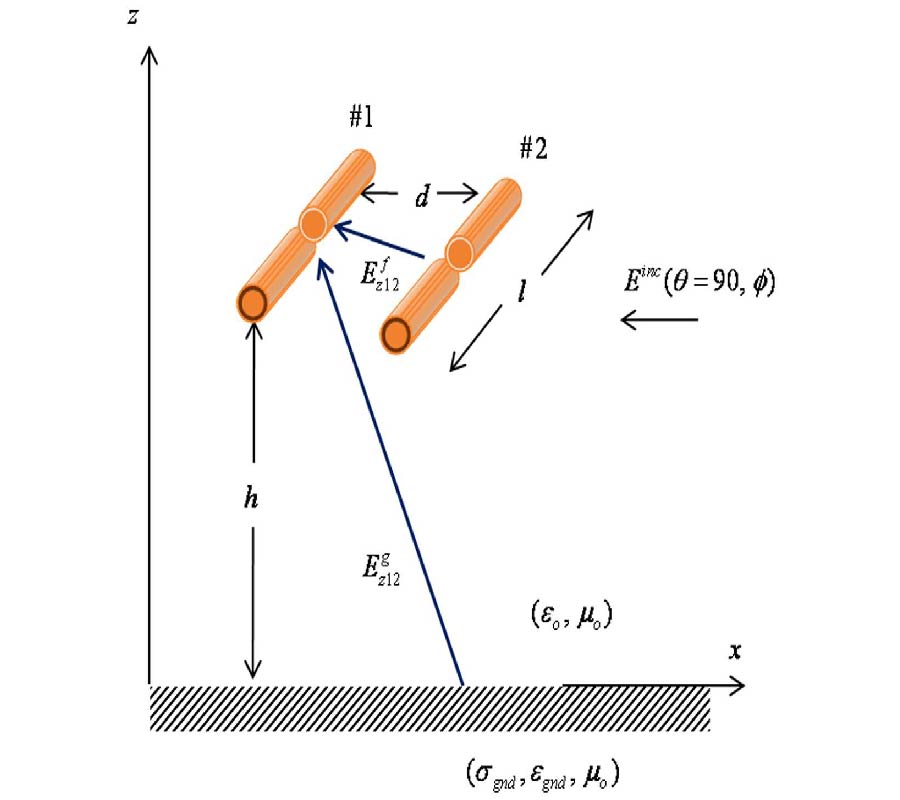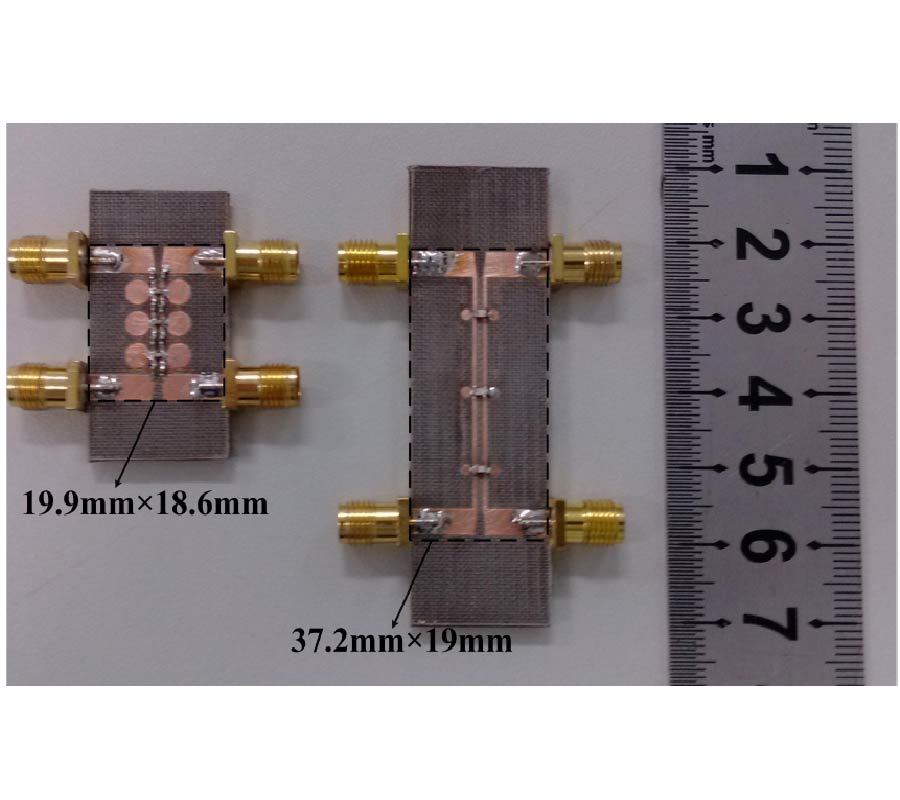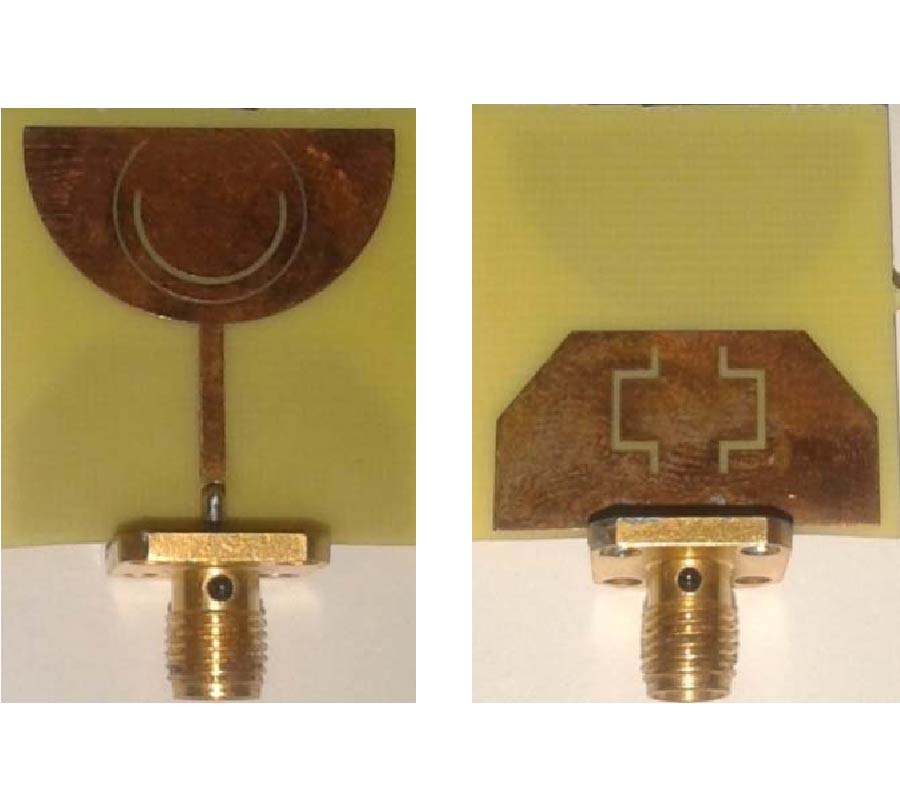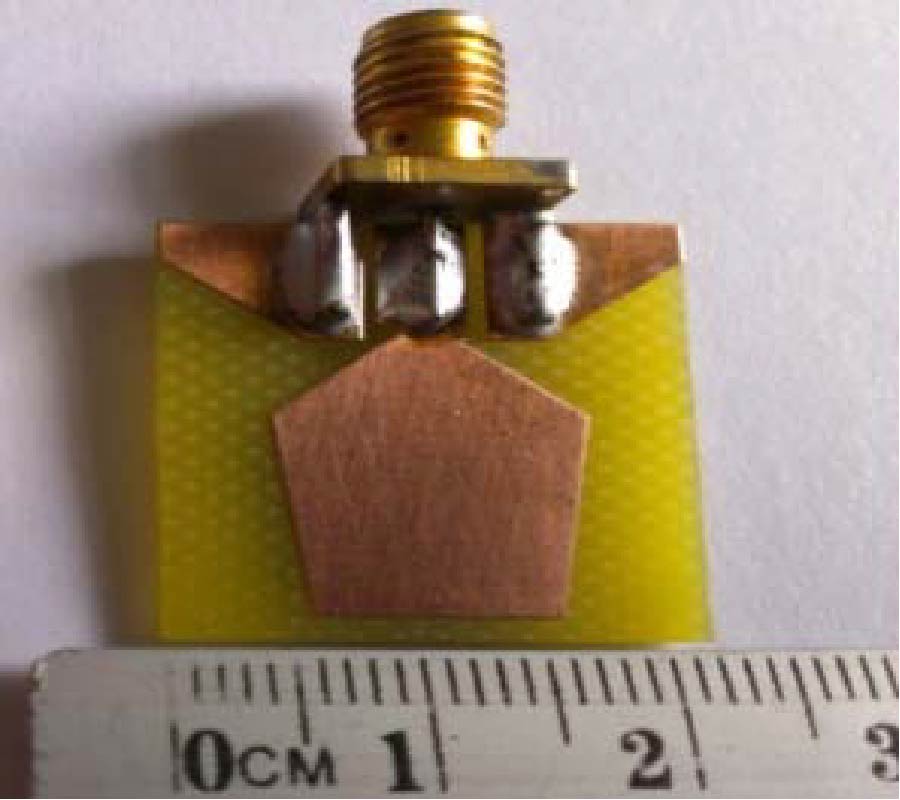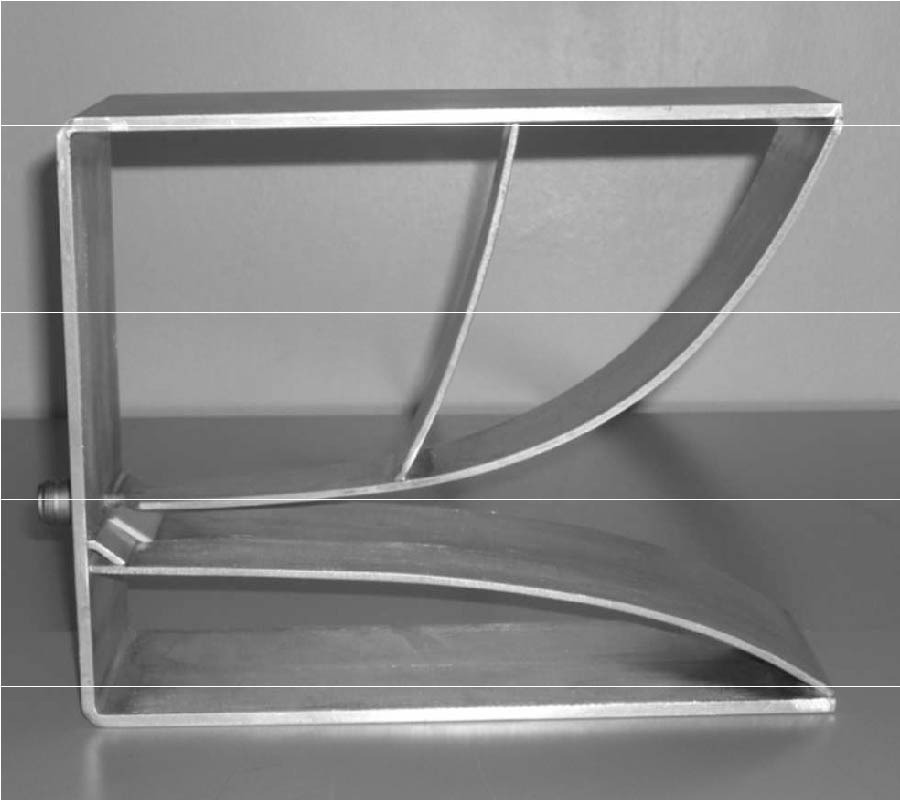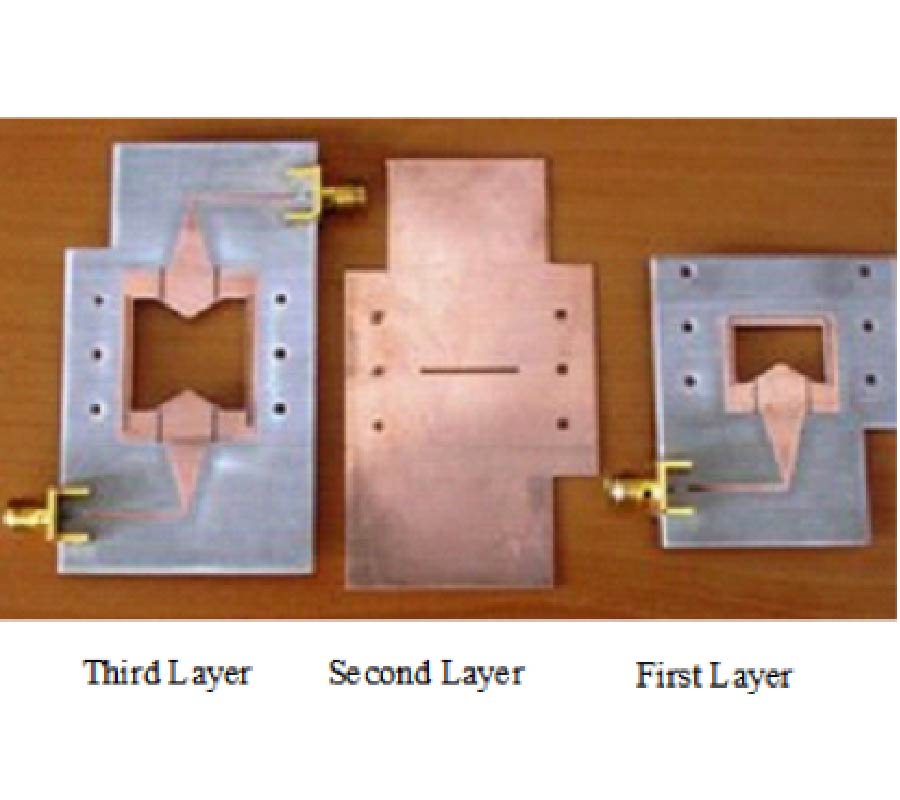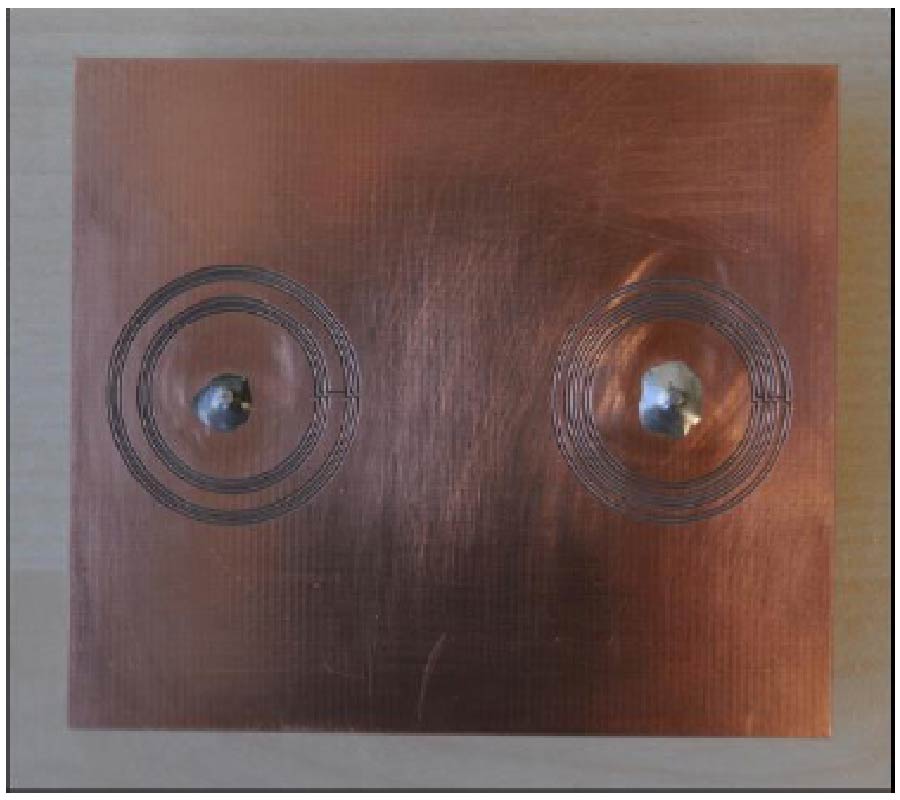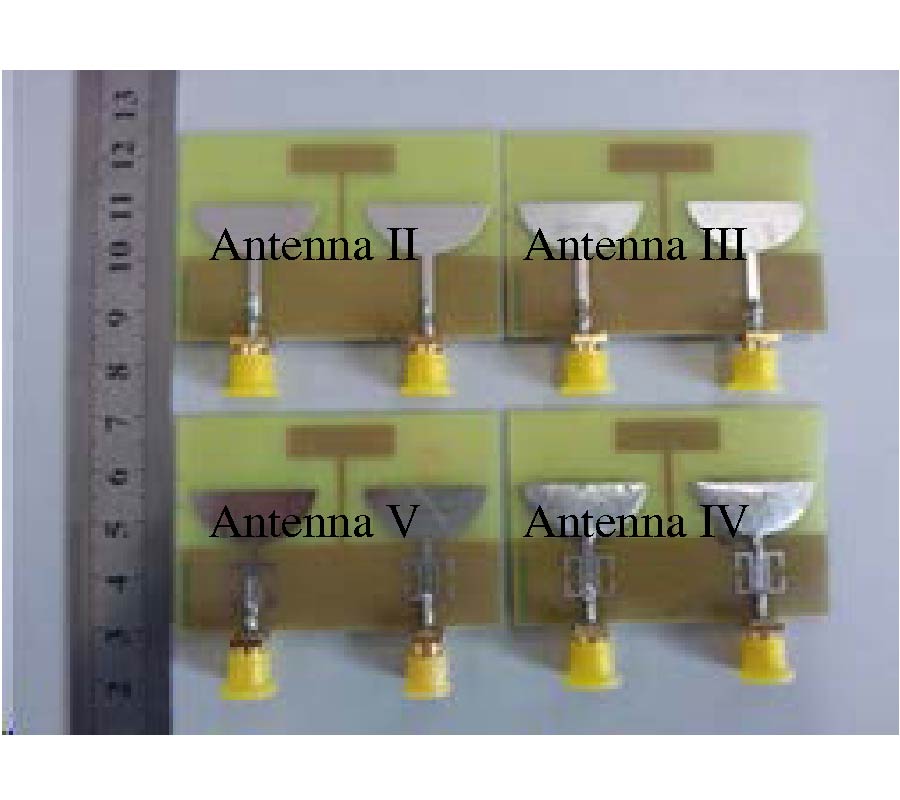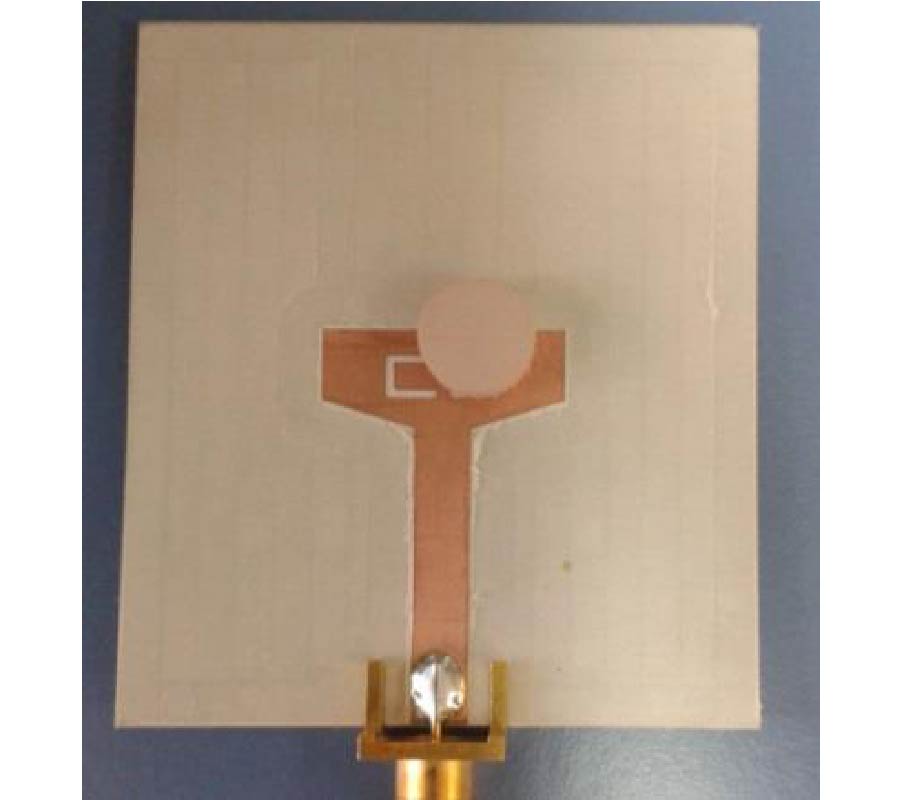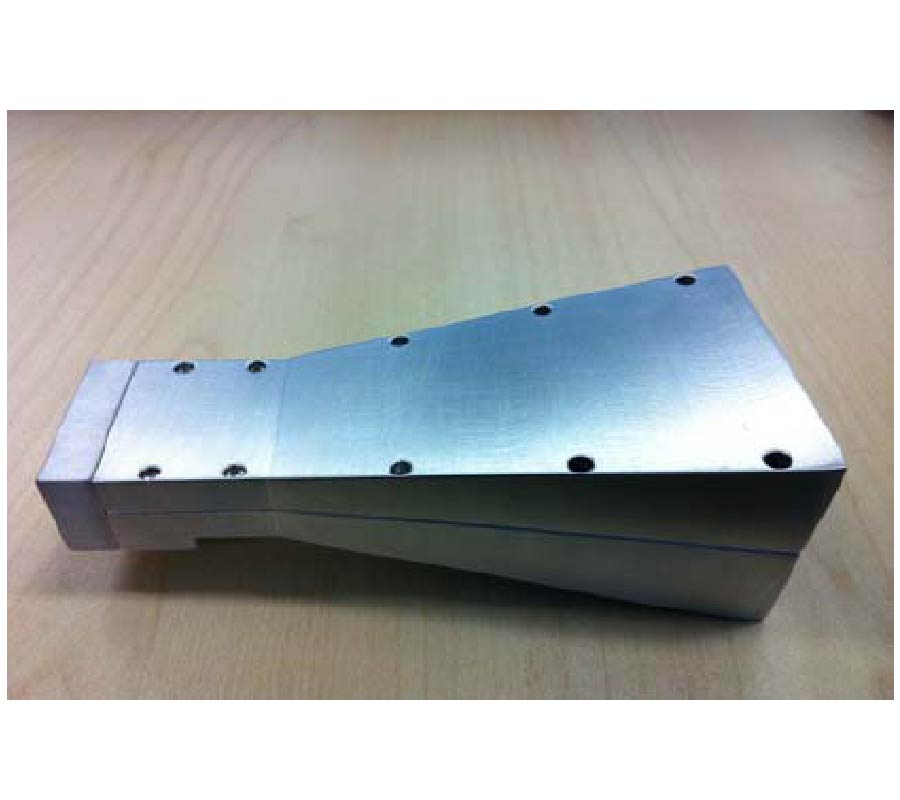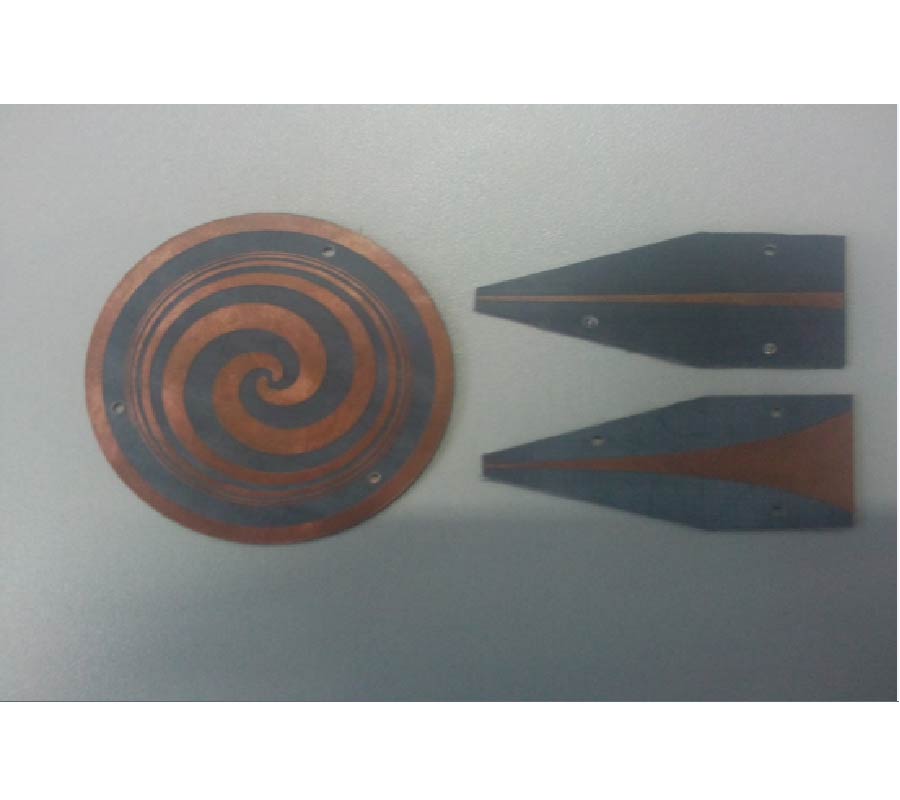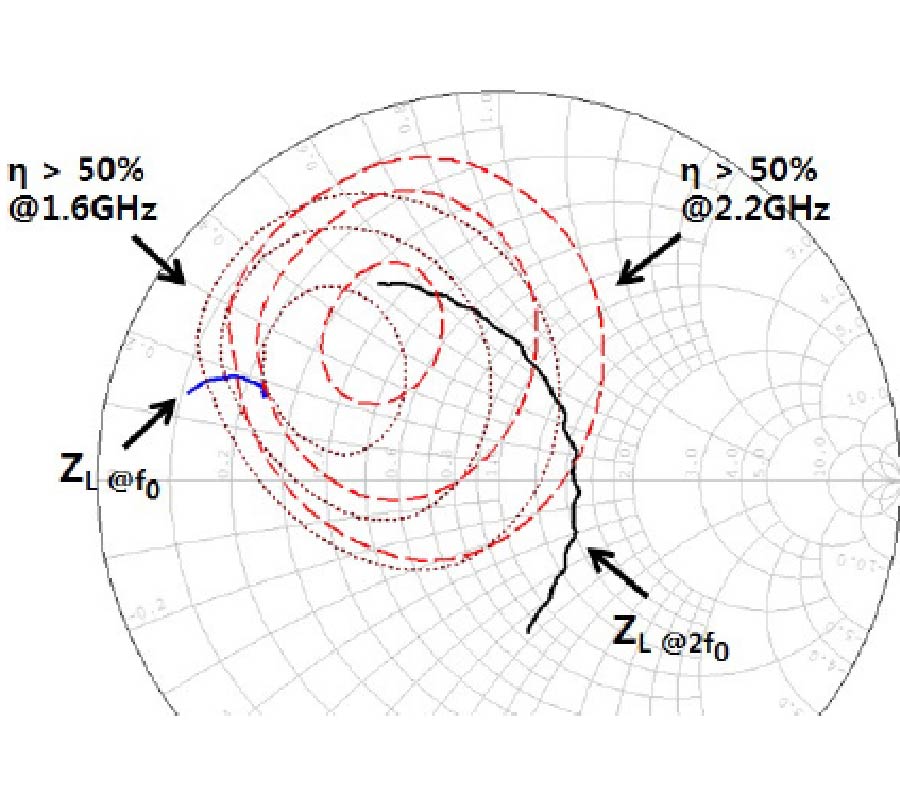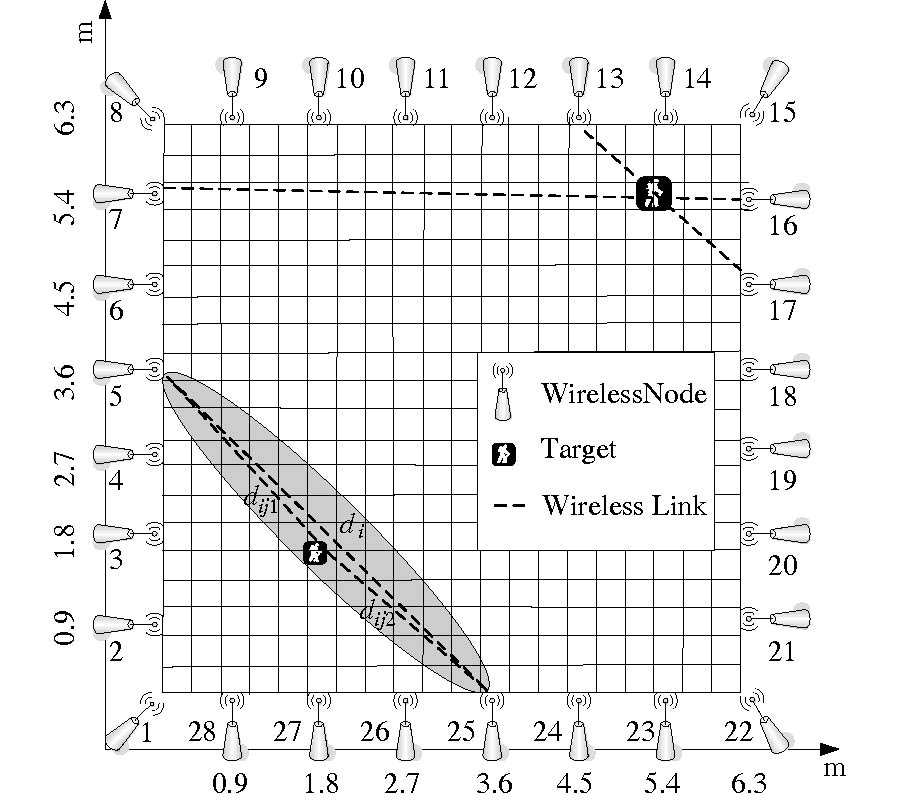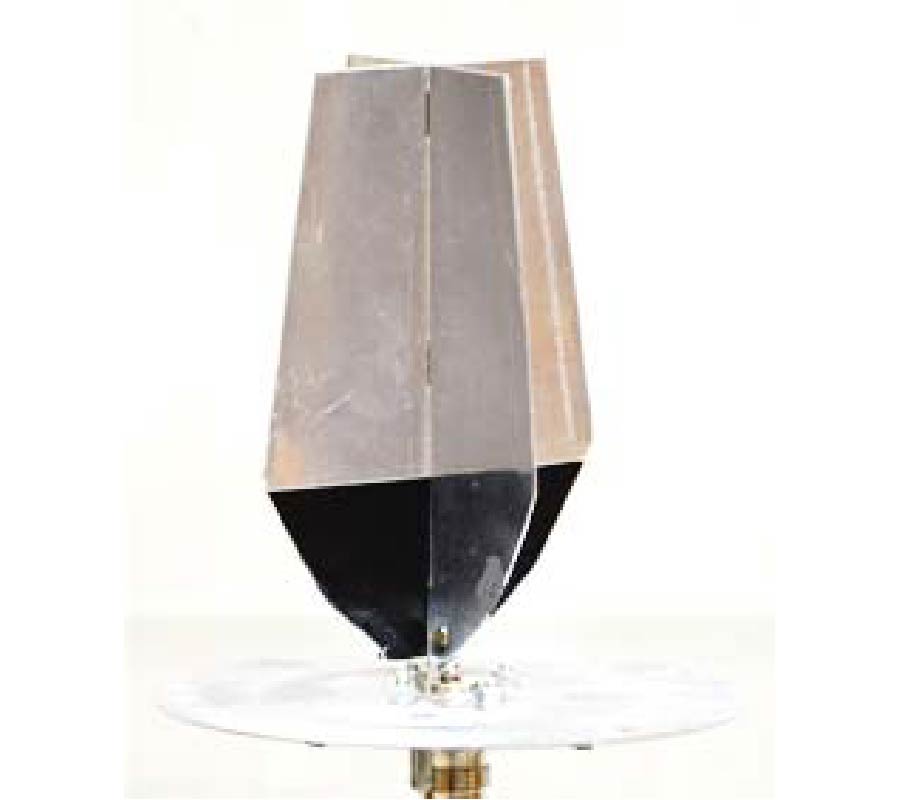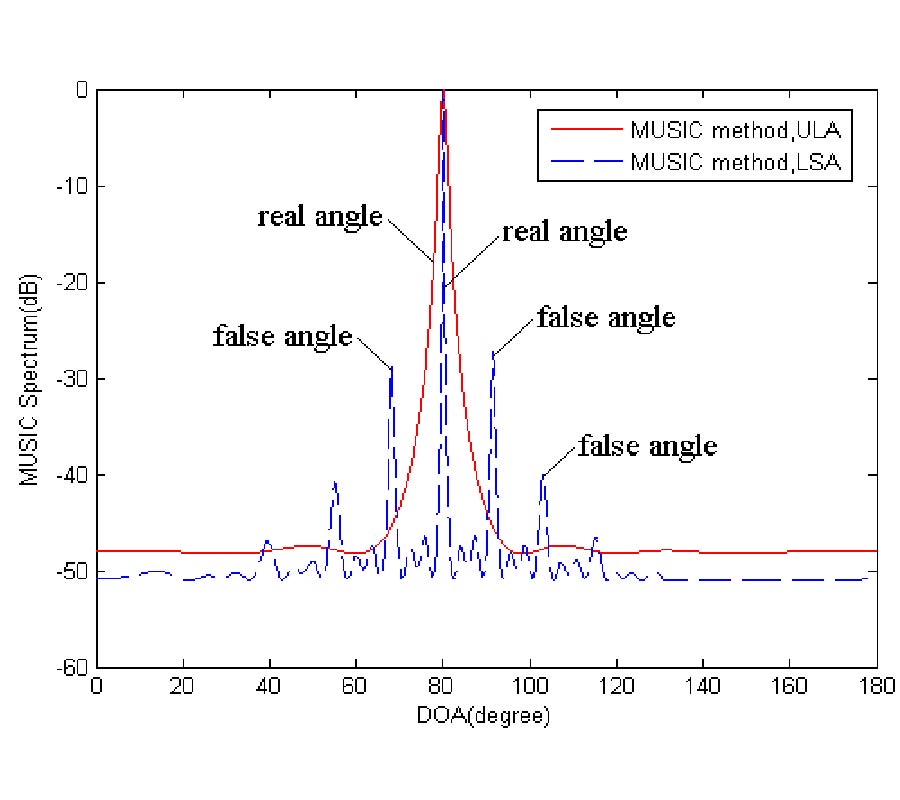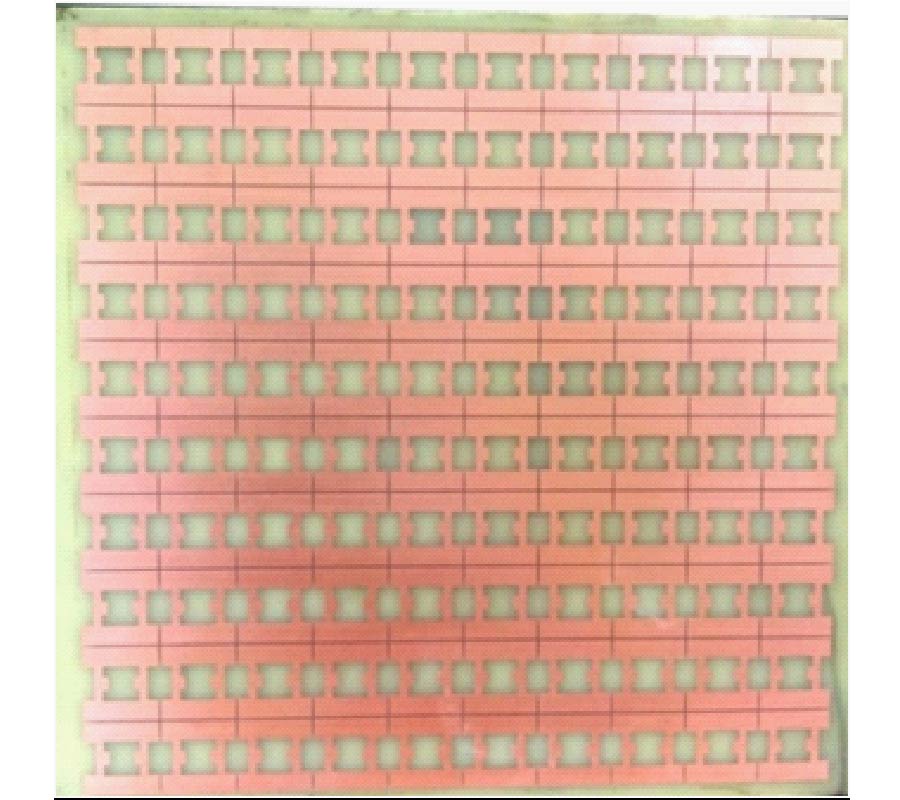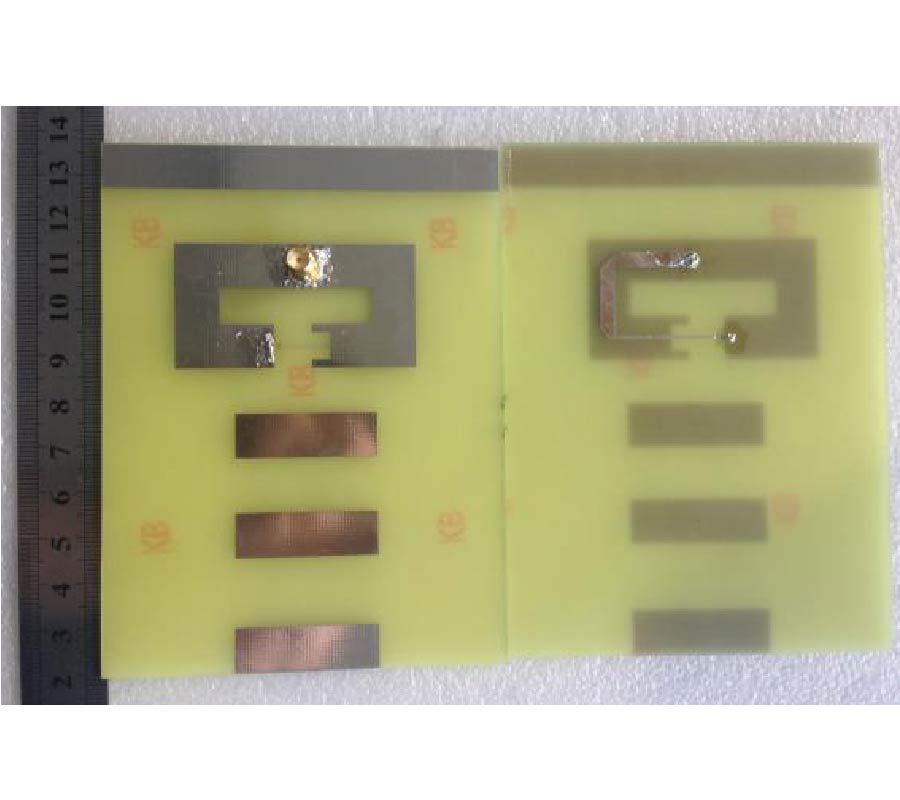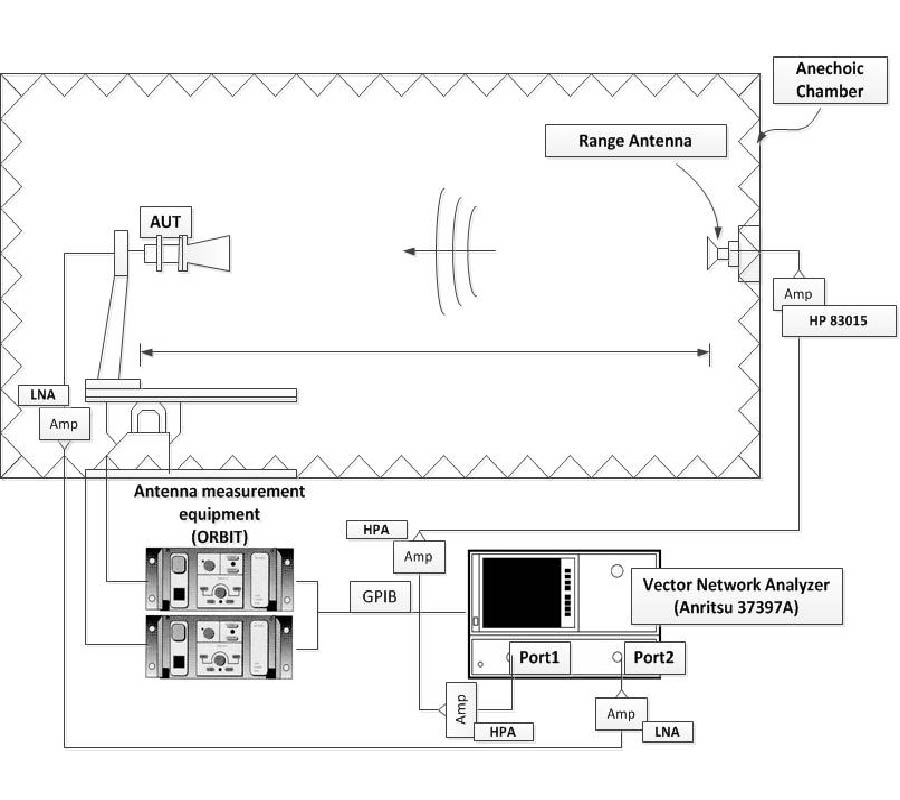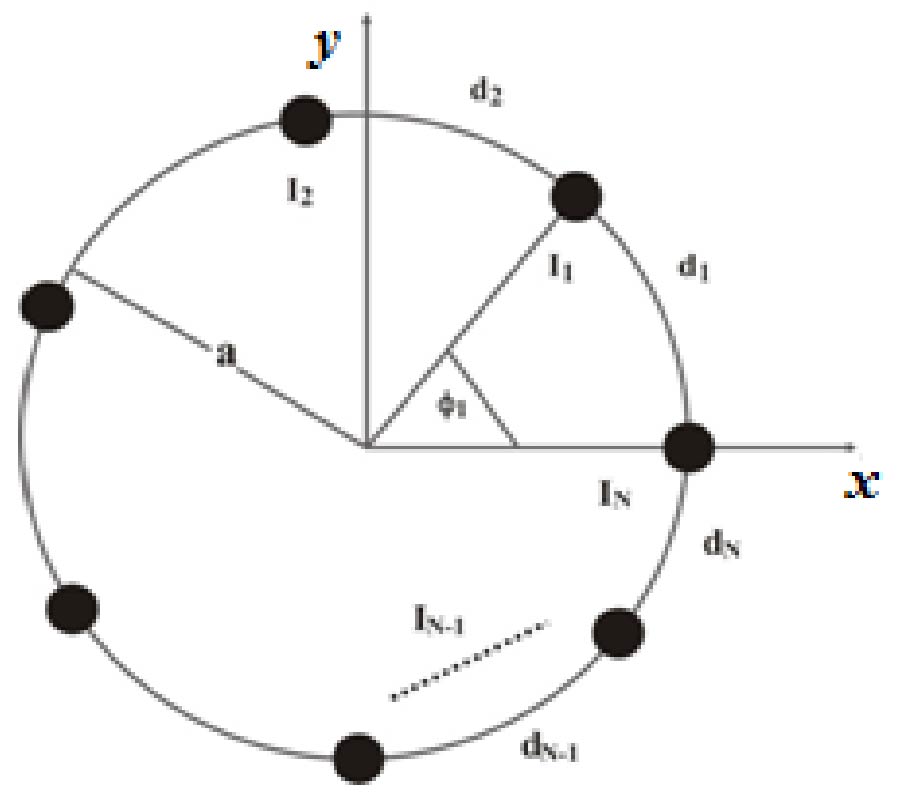Two-Dimensional Angles Estimation Method and Its Improved Methods for Single Source with a Sparse Array
Jia-Jia Jiang,
Fa-Jie Duan,
Yan-Chao Li and
Xiang-Ning Hua
Based on two orthogonal linear sparse arrays (LSA) which consist of the coupled-sensors (CSs), a high resolution and no ambiguity (HRNA) method is proposed to estimate the two-dimensional (2D) angles of single source. The HRNA method first constructs a new covariance matrix to achieve no ambiguity independent angles estimation by using the covariance matrix generated by each LSA, and then computes joint elevation and azimuth angles by utilizing both the estimated independent angles and triangular relationship. For large array aperture of the LSA, the HRNA method earns a high angle resolution; however, its independent angles estimation accuracy is slightly lower than the multiple signal classification (MUSIC) with a uniform linear array (ULA). In order to enhance the independent angle estimation performance, first improved HRNA (FI-HRNA) method is developed based on the HRNA and MUSIC methods. Further, in order to decrease the computational cost, second improved HRNA (SI-HRNA) method is presented based on FI-HRNA and MUSIC methods. The proposed SI-HRNA method obtains high angle resolution, high angle estimation accuracy and low computational load. In addition, the spacing between two adjacent CSs is not limited, and thus the angle resolution and estimation accuracy can be set according to practical demand. Numerical experiment and comparison with the other existing algorithms verify the effectiveness and superior performance of the method proposed in this paper.
